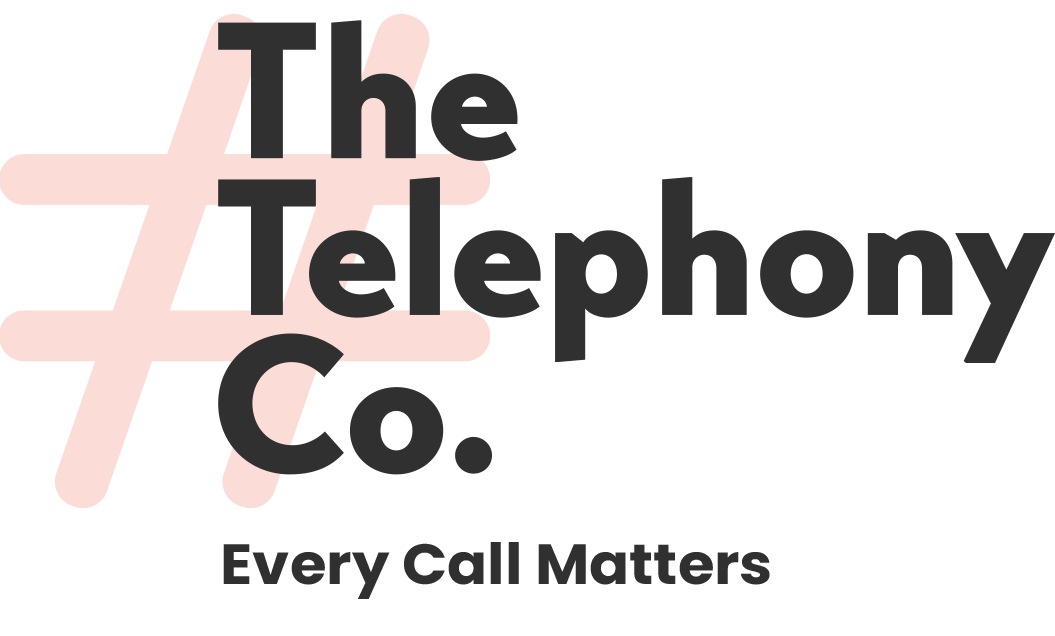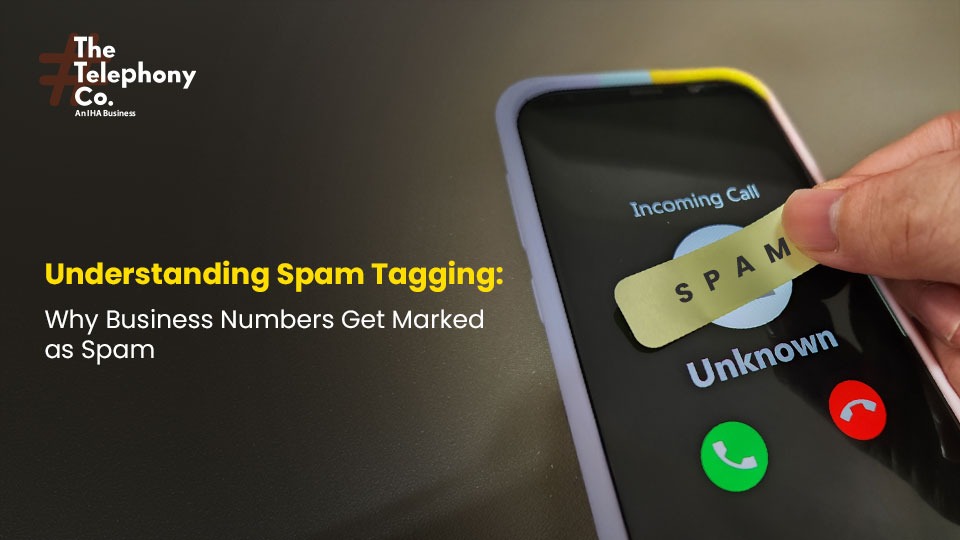In today’s digital age, businesses rely heavily on phone communication to engage with customers, make sales, provide services, and support their operations. However, many businesses face a growing challenge: their phone numbers getting flagged as spam. This issue can have serious consequences, not only for business operations but also for customer trust. So, what exactly is spam tagging, and Why Business Numbers Marked Spam? Let’s dive in and explore this phenomenon.
What is Spam Tagging?
Spam tagging refers to the process where mobile carriers or third-party apps label a phone number as spam or a scam. This tagging helps warn users that the incoming call or message might be unwanted, fraudulent, or harmful. The objective is to protect consumers from unsolicited calls, phishing scams, robocalls, and other forms of communication that can disrupt their daily lives or put them at risk of fraud.
Spam tagging occurs automatically when a phone number is suspected of being use for spam, even if the number is legitimate and use by a business. It can manifest as a “spam risk” notification on caller ID or in the form of messages being filter into a spam folder. For businesses, this means that their customers may never see their calls, potentially affecting customer relationships, sales, and brand reputation.
Why Do Business Numbers Get Marked as Spam?
Several factors can contribute to a business number marked spam. These reasons are tied to both consumer behavior and the way phone networks and apps analyze incoming communication. Let’s break them down:
High Call Volume or Frequent Outbound Calls
Businesses that place a large number of calls, especially cold calls or telemarketing calls, are more likely to be flagged as spam. High call volume, particularly when calls are made in quick succession, triggers automated systems to classify the number as a potential spam source. These systems are trained to look for patterns that resemble spam behavior, such as numbers that make hundreds of calls in a short period without receiving many answers.
Reports from Consumers
When consumers answer calls from businesses they don’t recognize and feel that the communication is intrusive, they may report the number as spam. Once multiple users flag a number, it can be classified as spam by services like Hiya, Robokiller, or even the network provider itself. If a business regularly receives these reports, it can lead to its number being tagged and warnings being displayed on customers’ phones.
Call & Message Volume from Unfamiliar Numbers
Business numbers that contact consumers outside of normal business hours or use automated systems for texting and calling may also get flagged as spam. Excessive use of text messages, particularly unsolicited ones, raises red flags for spam filters. Even if these messages are promotional or customer-service-related, they can still appear suspicious, especially if they are sent to numbers not stored in the recipient’s contact list.
Shortened or Random Number Sequences
Many businesses use automated systems for mass marketing or customer engagement, often using toll-free numbers or numbers that appear randomly generated. These numbers are often associated with robocalls, making it easier for carriers and apps to tag them as spam. Furthermore, when businesses use phone numbers that appear to be from other countries or area codes with a bad reputation for spam calls, they risk being flags.
Failure to Comply with Legal Regulations
Regulatory bodies such as the Federal Communications Commission (FCC) and the Telephone Consumer Protection Act (TCPA) set strict guidelines for businesses when it comes to telemarketing and automated calling practices. Businesses that fail to comply with these regulations, such as calling numbers on the Do Not Call list or using robocalls without proper consent, risk their numbers being flagged by spam detection systems.
Lack of Number Registration
In some countries, businesses are required to register their phone numbers to help verify their legitimacy. Unregistered numbers or numbers that have recently changed ownership can be more prone to being flagged as spam, especially when they appear suspicious due to their unfamiliarity.
The Result of Spam Tagging for Businesses
Spam tagging can have several negative effects on businesses:
Missed Customer Interactions
When a business number is flagged as spam, calls may go unanswered, or messages might be filtered into spam folders. This leads to missed opportunities for customer engagement and may cause frustration for both the business and its customers. Customers who do not receive important communications, such as order updates, service notifications, or support calls—may turn to competitors.
Damage to Reputation
When customers see their calls or messages being labeled as spam, it can tarnish the business’s reputation. Customers may view the business as unprofessional or dishonest, even if the business is following ethical communication practices. Over time, a poor reputation for trustworthiness can damage long-term customer loyalty and brand image.
Lower Call Answer Rates
Spam filtering apps and carriers that label a business number as spam lead to lower call answer rates. As a result, businesses may find it harder to reach potential clients or follow up with existing ones. This can result in lost sales, poor customer service, and ultimately, lost revenue.
How to Stop Your Business Number from Being Marked as Spam
While it can be challenging to completely avoid spam tagging, there are several best practices that businesses can adopt to reduce the likelihood of their number being flagged.
Register Your Business Numbers
Make sure that your business numbers are registered with the appropriate carrier or national database, especially in countries where this is required. This helps establish the legitimacy of your number and reduces the chances of it being flagged.
Maintain Consistent Communication Practices
Avoid making too many unsolicited calls or sending excessive messages to customers. Ensure that communication is always relevant and respectful. Additionally, refrain from using automated systems for marketing without proper consent from your customers.
Encourage Customers to Save Your Number
Encourage your customers to save your business number in their contacts. When your number is saved in their phone’s address book, it reduces the likelihood that your calls and messages will be marked as spam by spam filters.
Comply with Legal Requirements
Ensure that your business complies with all relevant telemarketing laws and regulations, including the Do Not Call list, opt-in/opt-out protocols, and limitations on calling hours. By staying compliant, you can reduce the chances of your number being flagged by regulators or spam detection systems.
Engage with Call Blocking Apps
Some businesses work with call-blocking apps and services that can help clear up issues related to spam tagging. If your business is using a phone number that has been flagged, you can reach out to these services to request an investigation and to remove the tag. AgentFlow is one of the main services that alerts you before your business number gets marked as spam.
Conclusion
Spam tagging is an issue that businesses must take seriously. Not only does it interfere with communication efforts, but it can also hurt a brand’s credibility and customer relationships. By understanding why numbers get flagged as spam and taking proactive steps to avoid these pitfalls, businesses can safeguard their reputation, enhance customer interactions, and improve their bottom line.
As the landscape of digital communication continues to evolve, businesses will need to remain vigilant and adapt to the changing environment to ensure they’re not being inadvertently labeled as a spam risk.

